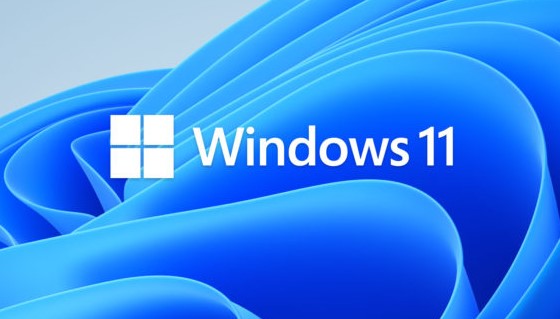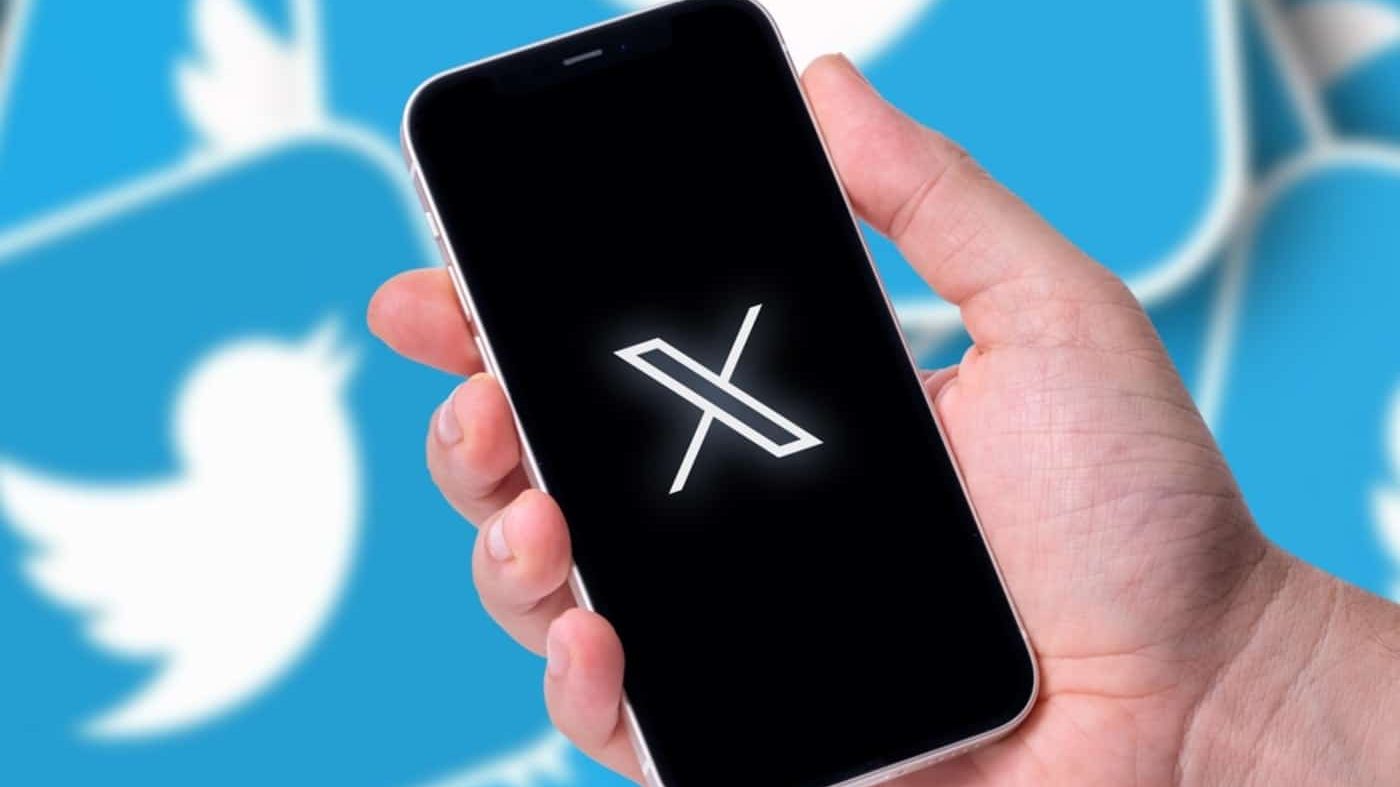The Samsung Galaxy M13, a cheap 4G phone, was introduced. In addition, the Galaxy M13 4G is coming to India, however, it has a redesigned look and a larger battery, so it’s not exactly the same phone, as mentioned on the Amazon India website. According to GSM Arena, the Samsung Galaxy M13 5G will be available on July 14th (Thursday next week). It has a different design from its 4G sister in that the rear camera has only two modules (we assume the ultra-wide is gone) and is flush with the back, with no bump.
Amazon doesn’t provide much information, although it does mention eleven 5G bands, up to 12GB of RAM (virtual, of course; actual RAM size is unknown), and a 5,000mAh battery (same as the 4G phone).
The 4G model, with 12GB of virtual RAM and a 6,000mAh battery, will also be available on the 14th. This is significant because the international model only has a 5,000mAh capacity. The design has changed and there are still three modules on the back, but the bulge has vanished.
According to rumours, the Galaxy M13 5G will be powered by the Dimensity 700 chipset, which will provide more processing power than the Exynos 850 as well as next-generation networking.
There will also be two memory configurations, 4/64GB and 6/128GB, both with a microSD slot, as reported by GSM Arena.
The super wide camera will be removed, leaving only the 50MP primary module and a 2MP assist camera. The front-facing notch selfie camera will be reduced to 5MP (from 8MP). The screen will be reduced from 6.6″ FHD+ to 6.5″ HD+, which is a significant decrease.
Windows Subsystem for Android updated with improved usability and advanced networking
The Subsystem for Android that was built into Windows 11 is one of its more intriguing features. Depending on the hardware configuration of the computer, this enables Windows 11 users to run Android apps either natively or through X86 emulation.
According to GSM Arena, Microsoft today released an update to all Windows Insider channels (the US only) that enhances the Subsystem for Android’s overall usability and adds a few new features for both users and developers. The Windows Subsystem for Android Settings app now provides more precise control over the Subsystem’s networking options, which will take into account advanced networking.
Additionally, the IP address that the Subsystem and Windows machine previously had will now be the same.
Updates to system kernels, improved apps, improved performance stability, and battery-specific features within Android that aid in reducing power consumption are among the other updates, as reported by GSM Arena.
A few notable security features include the inability to screenshot secure Android apps and the redirection of ADB debug pop-ups to Windows for security.


























